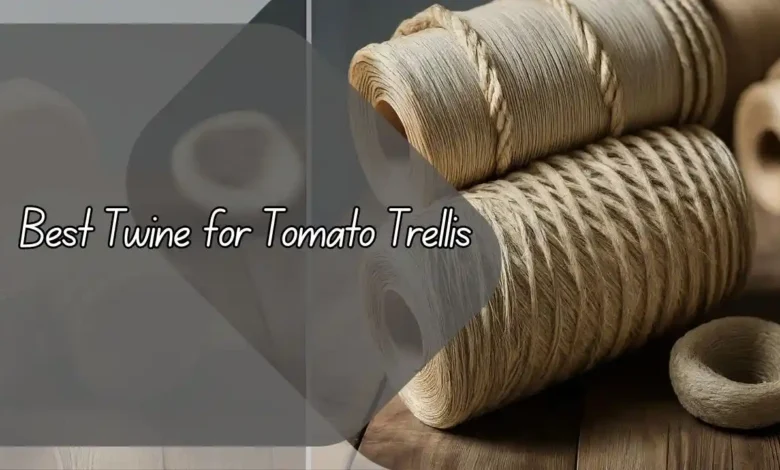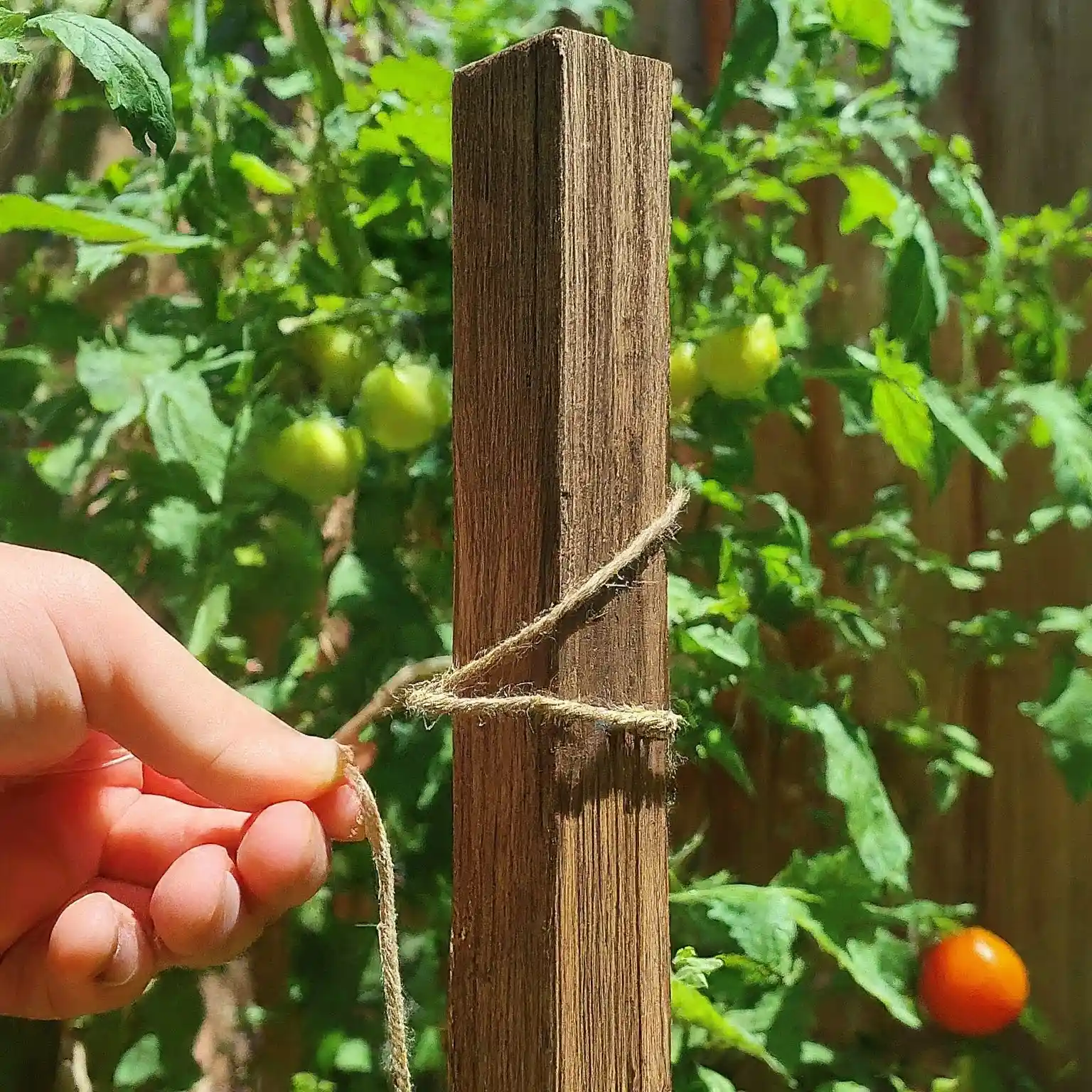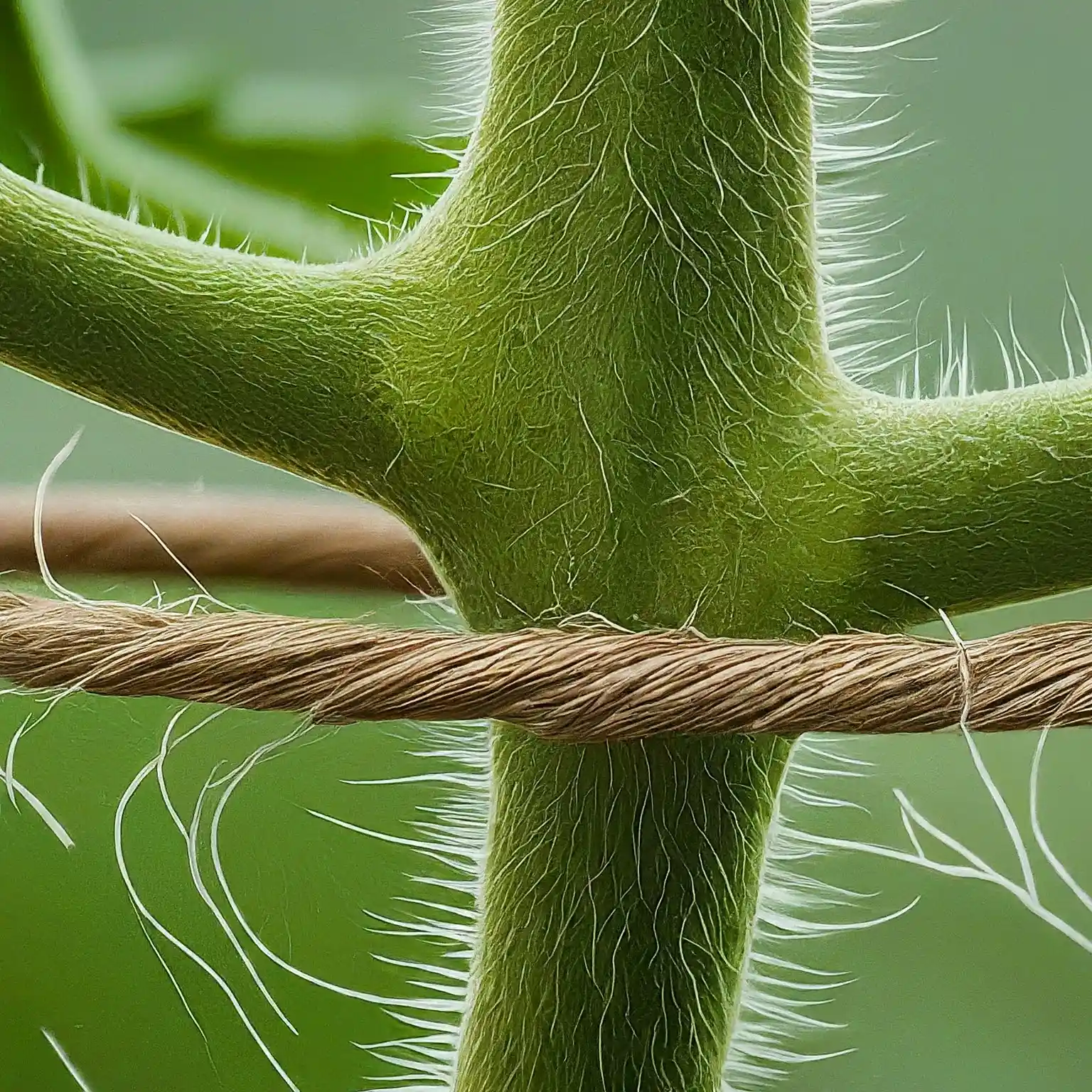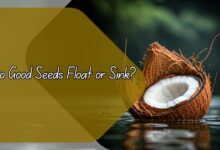
The Best Twine for Tomato Trellis: A Comprehensive Guide
In this article, we will discuss the importance of using the right twine for tomato trellis in your garden. We will explore different types of twine, their benefits, and how to choose the best one for your tomato plants.
What is the best twine for tomato trellis?
When it comes to choosing the best twine for a tomato trellis, there are a few factors to consider. The most important factor is durability.
You want a twine that is strong enough to support the weight of your tomato plants as they grow. Twine made from materials like nylon or polypropylene is a great choice because it is strong and weather-resistant.
Another important factor to consider is thickness. A thicker twine will provide more support for your tomato plants and will be less likely to break under the weight of heavy fruit. Look for twine that is at least 2mm thick for the best results.

What are the benefits of using the right twine for tomato trellis?
Using the right twine for a tomato trellis can provide many benefits for your plants. The main benefit is that it helps support the growth of your tomato plants, allowing them to grow upward instead of sprawling out on the ground. This can help prevent diseases and pests that often affect plants that are in contact with the soil.
In addition, using the right twine can make it easier to harvest your tomatoes. By training your plants to grow vertically along the trellis, you can access the fruit more easily and avoid damaging the plants during harvesting.

How do I choose the best twine for my tomato trellis?
When choosing the best twine for your tomato trellis, consider the size of your tomato plants and the weight of the fruit they produce. If you have larger plants with heavy fruit, opt for a thicker and stronger twine to provide adequate support. Nylon and polypropylene twine are good options for larger plants.
It’s also important to consider the weather conditions in your area. If you live in a humid or rainy climate, choose a twine that is resistant to moisture and won’t degrade easily. This will ensure that your trellis remains strong and supportive throughout the growing season.

Are there any eco-friendly options for twine?
If you’re looking for an eco-friendly option for your tomato trellis, consider using jute twine. Jute is a natural fiber that is biodegradable and sustainable, making it an environmentally friendly choice for your garden.
While jute twine may not be as durable as nylon or polypropylene, it is still strong enough to support smaller tomato plants and can be a great choice for gardeners looking to reduce their environmental impact.

What are some tips for using twine with tomato trellis?
When using twine with your tomato trellis, make sure to tie it securely to the trellis stakes or supports. You want the twine to be taut and provide ample support for your plants as they grow.
Check the twine regularly throughout the growing season to ensure that it is still strong and in good condition.
Additionally, consider doubling up on the twine for extra support, especially for larger tomato plants with heavy fruit. By using multiple strands of twine, you can distribute the weight of the plants more evenly and reduce the risk of breakage.

Conclusion
Choosing the right twine for your tomato trellis is crucial for the success of your plants. By considering factors such as durability, thickness, and weather resistance, you can ensure that your tomato plants have the support they need to grow healthy and strong.
Whether you opt for a strong nylon twine or an eco-friendly jute twine, proper trellising can help you maximize your tomato harvest and enjoy a bountiful garden.
FAQs
Can I use a regular string for my tomato trellis?
While regular string may work for smaller tomato plants, it is not recommended for larger plants with heavy fruit. Stronger twine made from materials like nylon or polypropylene is a better choice for providing adequate support.
How often should I replace the twine on my tomato trellis?
While regular string may work for smaller tomato plants, it is not recommended for larger plants with heavy fruit. Stronger twine made from materials like nylon or polypropylene is a better choice for providing adequate support.
Can I reuse twine from previous seasons for my tomato trellis?
While you can reuse twine from previous seasons, it is important to inspect it carefully for any signs of damage or weakness. If the twine is still in good condition, you can use it again, but it is best to replace it if it shows any signs of wear.
Are there any alternatives to twine for tomato trellising?
Yes, there are alternatives to twine for tomato trellising, such as tomato cages or stakes. These options provide additional support for your plants and can be a good choice for gardeners looking for alternatives to traditional twine trellising.
How do I prevent twine from cutting into my tomato plants?
To prevent twine from cutting into your tomato plants as they grow, make sure to tie the twine loosely around the plants. Leave some slack to allow for growth, and adjust the twine as needed to avoid any damage to the stems.








